News 4/22/10
Martin Children’s Clinic (TN) selects Waiting Room Solutions’ EMR/PM software.
Passport Health Communications will use TransEngen’s HealthEgen solution to determine patient eligibility for charity care assistance.
Quality Systems, the parent company of NextGen, announces several changes to its executive leadership team. Tim Eggena moves from his role as executive VP of NextGen Practice Solutions to the newly created role of executive VP of R&D for NextGen’s ambulatory products. Monte Sandler takes over as EVP of Practice Solutions after serving as NextGen’s VP of account management. Finally, Donn Neufeld takes over as EVP of EDI for NextGen and QSI and keeps his current role as SVP and GM of QSI’s Dental unit.
Stanly Family Care Clinic (NC), Dr. David H. Franzus (TN), and Medical Associates of Southwest VA all pick Benchmark Systems as their EMR and PM vendor.
Clearinghouse vendor RealMed will use TIBCO business process management and enterprise messaging server solutions to increase transaction volumes and accelerate processing and payment transactions.
The CIO of The Little Clinic (TN) wins Boston Software Systems’ User Excellence Award for using Boston Workstation to automate the patient registration process. CIO Mat Waites developed a kiosk system for his organization that interfaces with the practice’s eClinicalWorks software.
Speaking of eClinicalWorks, the company points out numerous clients that have been recognized by the NCQA for achieving Patient-Centered Medical Home (PCMH) status. Requirements include the automation of business and clinical processes, as well as using clinical support tools.
Medical billing company MTBC acquires competitor Medical Accounting and Billing.
The University of Toledo Medical Center takes its first clinic live on McKesson’s Horizon Ambulatory Care EMR. The rest of the system’s 33 clinics will go live over the next 12 months.
Emdeon reports that the electronic medical claims adoption rate is now 85%. Electronic remittance adoption stands at 46%.
If Meaningful Use still has you befuddled, you might want to check out CSC’s “Meaningful Use for Eligible Professionals: The Top Ten Challenges.” In addition to about three pages of MU background data, the authors list what they believe will be the biggest roadblocks for physicians. Topping the list: capturing data, establishing effective workflow to reinforce data entry, and driving provider involvement in the adoption of EMR. The overriding theme seems to be that practices will be challenged to get physicians involved and actually using the EMR tools provided. Sounds reminiscent of the old days, before Meaningful Use became an overused buzzword.
Clinics of North Texas selects Allscripts EHR and PM for its 35-physician group.
GEMMS, an EMR vendor for cardiology practices, announces plans to invest $2.1 million to expand its headquarters and add 69 new jobs by 2015. The company has 40 employees.
About every week or so, readers send us notes suggesting one vendor is acquiring another or some company is looking for a buyer. Many of the rumors prove true, though more often then not they are nothing more than speculation. If you like speculation, this article about Sage Healthcare is a fun read.The author suggests a few separate incidents may be more than coincidental (the retirement of CEO Paul Walker, an upgraded rating from Citibank, and an increase in holdings on the part of financial management firm BlackRock). Throw in a few theories about why Sage would or would not want to divest healthcare or its North American division and you have a captivating topic to ponder at your next HIT happy hour.

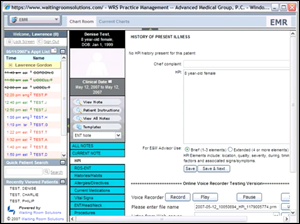
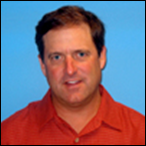
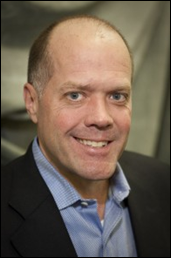
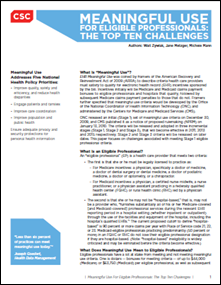

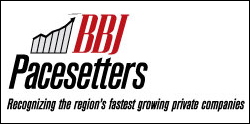
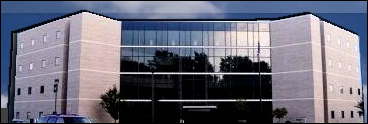




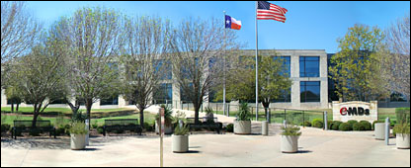


The article about Pediatric Associates in CA has a nugget with a potentially outsized impact: the implication that VFC vaccines…